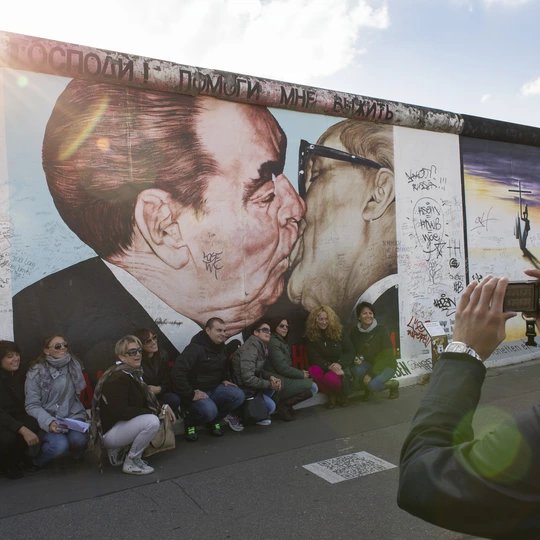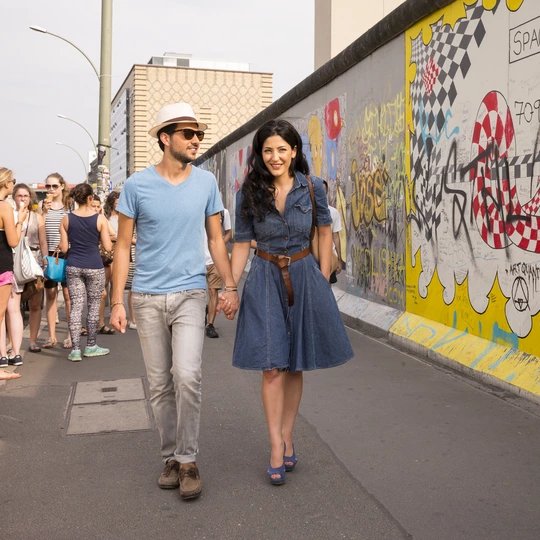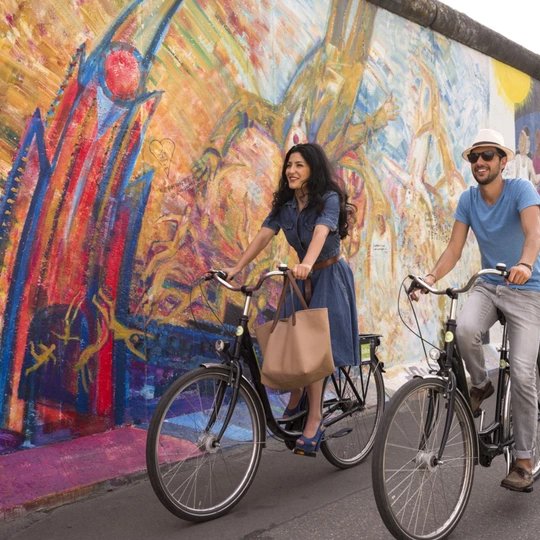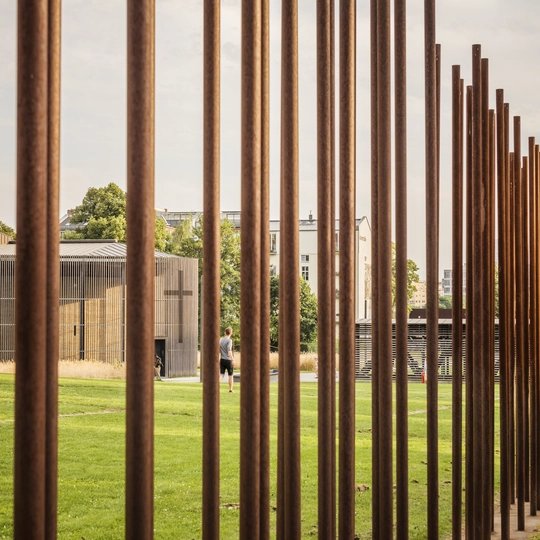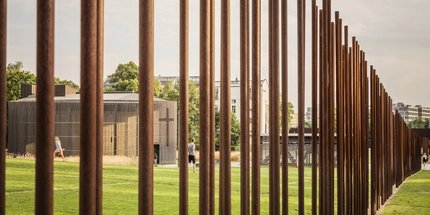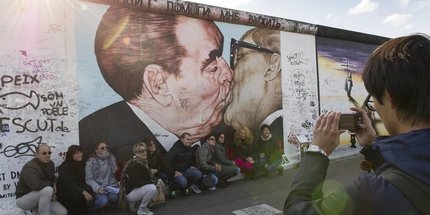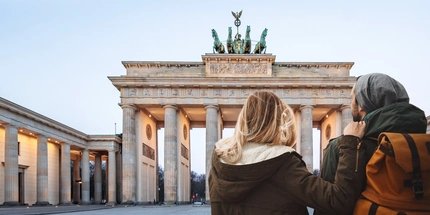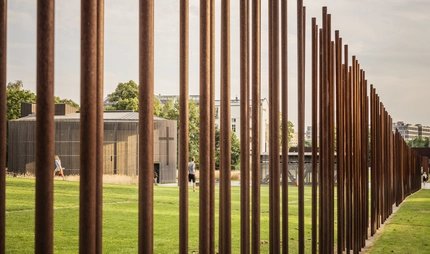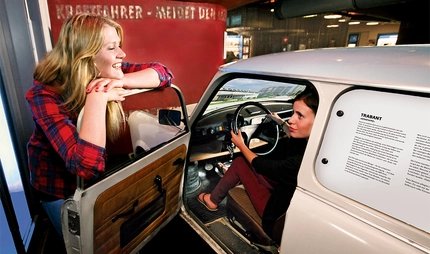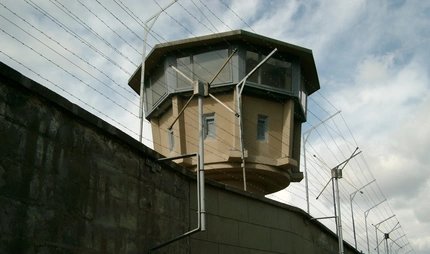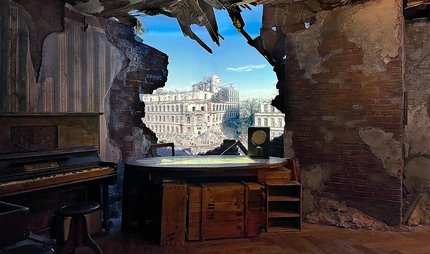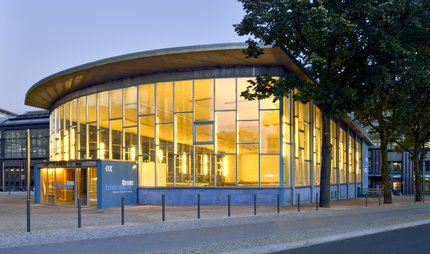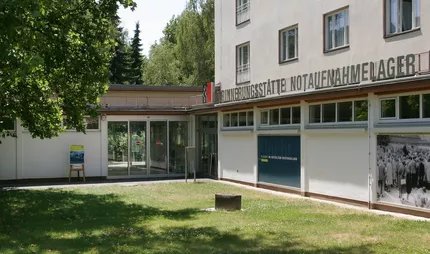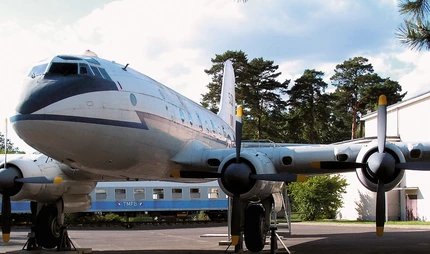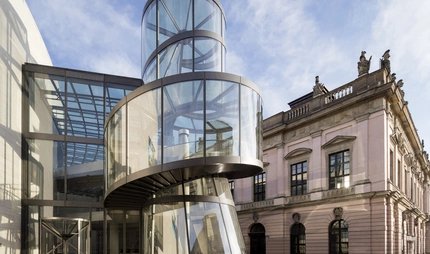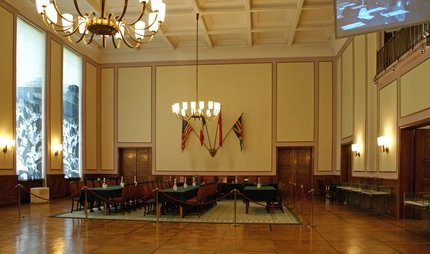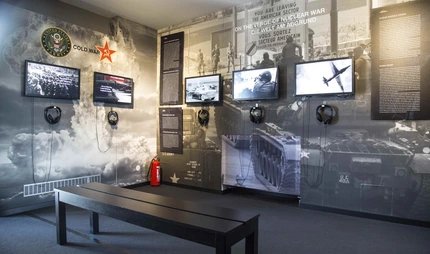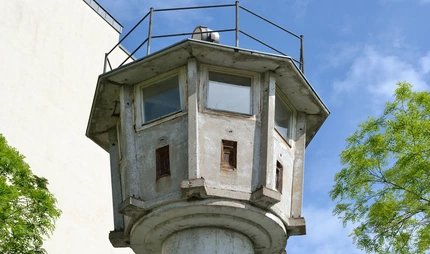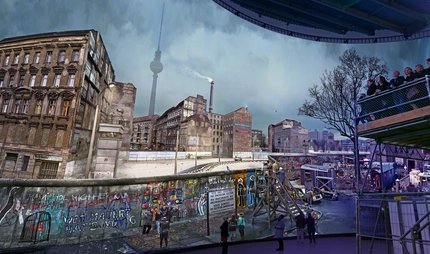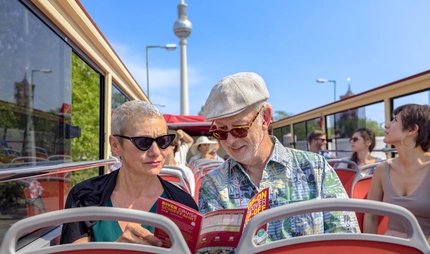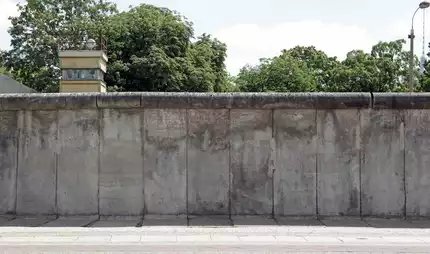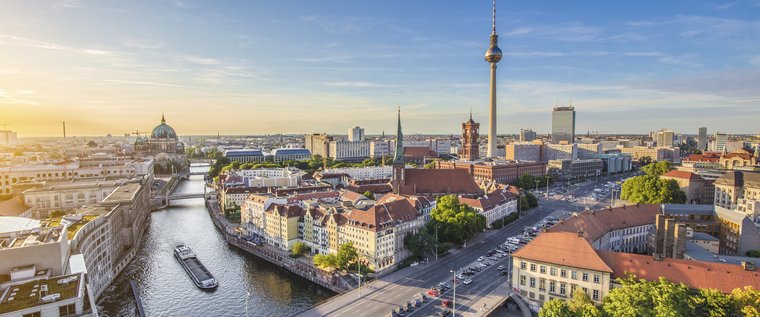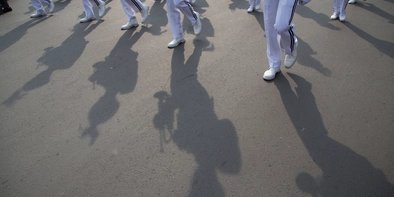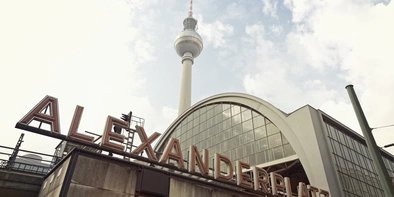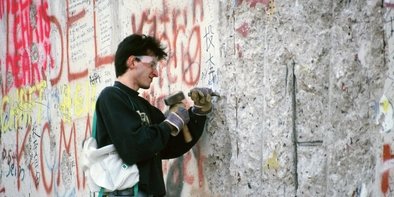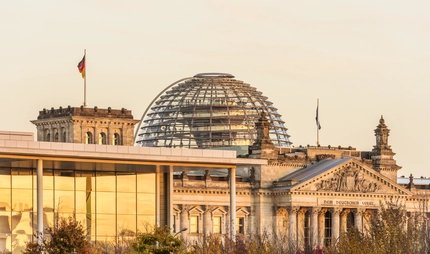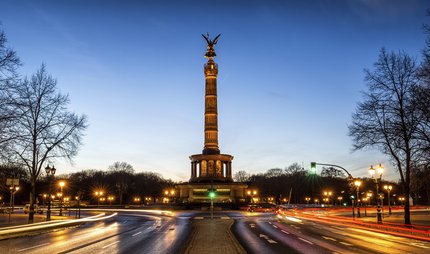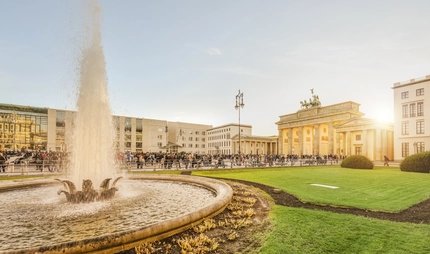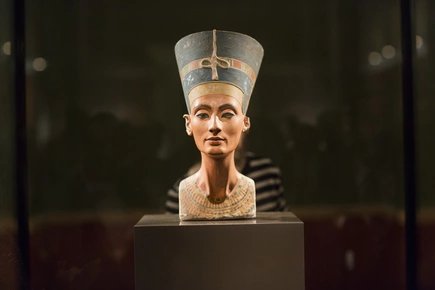
Discover the history of the Berlin Wall
The Berlin Wall, the former border fortification of the GDR, stood between 1961 and 1989 and separated the western part of the city from the eastern part. Many people lost their lives trying to cross the border.
The East Side Gallery is the longest surviving section of the Berlin Wall. In 1990, more than 100 artists from over 20 countries decorated this stretch of the hinterland wall with their art works. The most famous is undoubtedly the work known as the “Fraternal Kiss".
But Potsdamer Platz, Checkpoint Charlie and the Brandenburg Gate are also key sites in the history of the Berlin Wall.
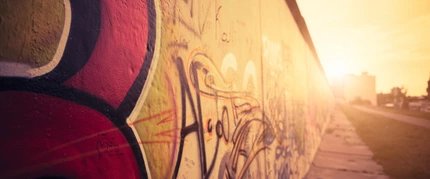
The Berlin Wall: Museums, sites and memorials
In the night from 12 to 13 August 1961, the East German army began sealing off the streets and railway lines providing access to West Berlin. Then the East German regime erected a wall along the sector border: The construction of the Berlin Wall begins!
The border encircling West Berlin was 167.8 kilometres long. During the numerous attempts in the years that followed to overcome the 167.8 kilometres of border fortifications, present research shows that between 136 and 206 people died trying to cross from East to West.
The Berlin Wall finally fell on 9 November 1989: The fall of the Berlin Wall went down in world history.. The city recalls the victims of the division of Germany at many Berlin Wall sites, museums and memorial sites, such as the Tränenpalast (Palace of Tears), the Berlin Wall Memorial in Bernauer Strasse, and the Berlin-Hohenschönhausen Memorial, a former Stasi remand prison.
The sights and attractions our visitors love
Discover the greatest places to visit from other visitors! Here, you can find tickets for the sights and attractions that our Berlin visitors love!
Our travel service offers the ideal way to enjoy a stress-free holiday in Berlin. Buy your tickets for the Berlin Wall tour, the GDR Museum and the Brandenburg Gate Museum easily and conveniently online here.
And it’s fast – so you can find the right ticket in just three minutes!
The fall of the Berlin Wall
On the evening of 9 November 1989, the Berlin Wall fell. It was a night when innumerable East and West Berliners made history.
They climbed over the concrete walls, crowded through the narrow border crossing points, went at the Berlin Wall with hammers, and retook their city in its entirety. The images of this historical event were shown around the world.
The fall of the Wall left unused spaces in the urban landscape. Residents and visitors adopted these abandoned areas as creative spaces – from the art scene in Brunnenstraße to the Berlin start-ups at Moritzplatz – or simply enjoyed the new access to the River Spree.
Today, more than 30 years on, Berlin is no longer a walled city, but a world city. Since those days, millions of visitors have come to Berlin, Germany’s capital city, to see this change for themselves. Visit Berlin around October 3rd to become part of the festivities and events to celebrate the Day of German unity.
What have Berliners made of their city since 1989? The past remains alive and tangible for everyone in the countless sites of history.
After the fall of the Wall, Berlin has also become a creative location, a lifestyle metropolis, with fantastic restaurants and countless shopping opportunities. It is also a modern hotspot for sustainability and for recreation in the countryside.
And Berlin is a destination for everyone: accessibility is written large in the German capital.
Description
The video on the 35th anniversary of the fall of the Wall from 2019 shows historical footage of the construction and fall of the Wall as well as current footage of memorial sites in Berlin. The VisitBerlin logo can be seen at the end. For a transcription, the video should be watched directly on YouTube
9 November 1989: The Berlin Wall comes down
On 9 November 1989 the Berlin Wall came down after more than 28 years. Follow the events that ultimately led to the fall of the Wall in our timeline. T

